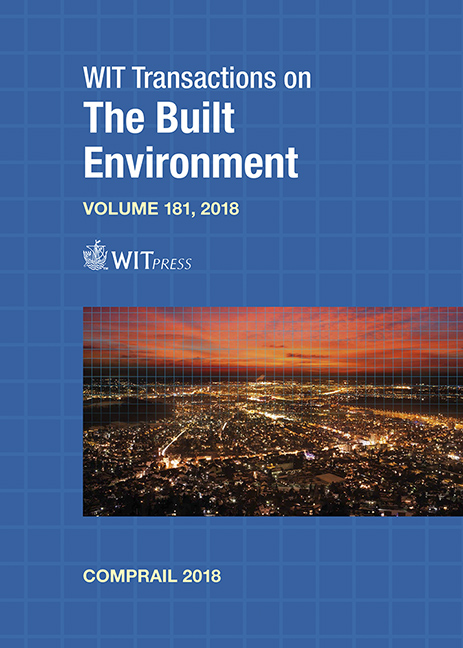THE IMPACT OF BUFFER TIME DISTRIBUTIONS ON THE NOMINAL CAPACITY OF RAILWAY LINES
Price
Free (open access)
Transaction
Volume
181
Pages
12
Page Range
307 - 318
Published
2018
Size
497 kb
Paper DOI
10.2495/CR180281
Copyright
WIT Press
Author(s)
STEPHAN ZIEGER, NORMAN WEIK, NILS NIEßEN
Abstract
Buffer times are essential for preventing delay propagation and ensuring robustness in railway timetabling. While robustness analysis deals with ensuring the effectiveness of allocated buffer times in schedules, the number of trains is generally assumed to be fixed. The feasibility of the train operation concept needs to be checked by strategic long-term capacity planning beforehand. Capacity analysis methods depend on buffer times and involve some sort of delay prognosis. The goal of the present paper is to analyse the effects of buffer time distributions on nominal capacity obtained with stochastic (analytic) capacity analysis approaches. Complementing previous work where Monte-Carlo simulation had been applied, it is shown how convolution integrals arising in analytic delay propagation models can be explicitly calculated using moment generating functions. Based on this approach, a generalisation of the STRELE framework, which is the standard methodology of German infrastructure manager DB Netz AG for capacity analysis of railway lines, is derived and the effects of different buffer time distributions on nominal capacity are studied.
Keywords
railway operations, buffer time, knock-on delay, analytical calculation, nominal capacity





